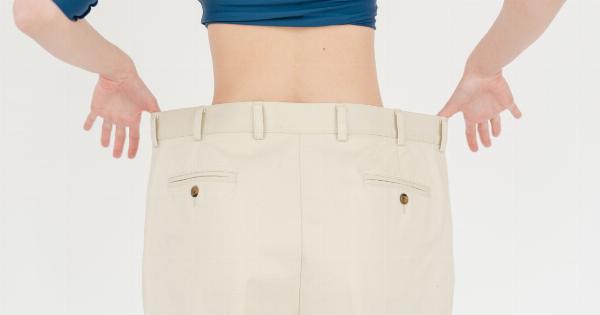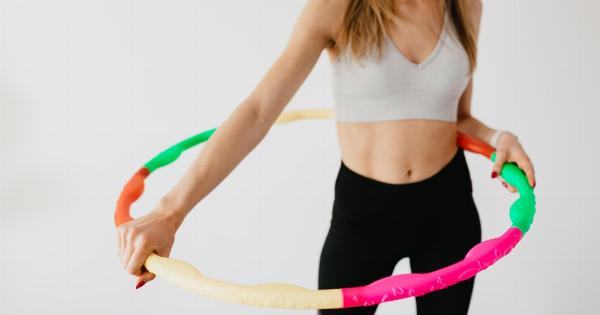Do your feet and waist pain after walking or standing for a long time? Well, it could be your shoes. Wearing the wrong type of footwear for an extended period can significantly affect your feet and lower back, leading to chronic pain and discomfort.
With a vast array of shoe options in the market, selecting the perfect pair can be tricky. However, with a proper guide, you can get shoes that suit your lifestyle and provide ample support to your feet and lower back. Here are some tips to help you get started.
1. Determine Your Foot Type
Everyone’s feet are different. Therefore, it’s essential to assess your foot type to get shoes that fit correctly and offer support. There are three types of foot; neutral, flat, and high arch.
Individuals with neutral feet have a well-rounded foot arch, which provides ample support. Flat-footed individuals have no arch, while high arch footed individuals have a high arch on their foot. Knowing your foot type will help you select shoes with appropriate arch support that aligns with your foot curves.
2. Prioritize Comfort
One critical factor to consider when selecting shoes to prevent foot and back pain is comfort. The perfect shoe should feel comfortable from the first fitting. It should have the right size, shape, and width to fit your feet perfect.
Avoid shoes that squeeze or pinch your foot, as they can lead to blisters or calluses. Also, ensure that the shoe material is soft and breathable, allowing your feet to stay dry and aerated throughout the day.
3. Consider the Shoe’s Purpose
The type of shoe you wear significantly affects your foot and lower back’s health. The activities you intend to engage in should dictate the type of shoe you buy.
For instance, if you are going to travel or walk for long hours, consider getting sneakers or sports shoes that provide ample cushioning and support to avoid sore feet and waist. On the other hand, if you will attend a formal event, select dress shoes with low heels and ample arch support to enable you to stand and walk for extended periods without developing pain.
4. Check for Ample Support
When selecting the perfect pair of shoes, ensure that the shoe’s structure provides adequate stability and support. The sole should have a firm grip to prevent slipping, while the upper part needs to support the foot and ankle correctly.
The right shoe should also have a flexible toe box that allows your toes to move freely with minimal friction or pressure. You can test the shoe’s support by bending it to determine if it easily twists or remains firm.
5. Shop for Shoes in the Evening
Our feet expand as we go about our daily chores. Therefore, it’s advisable to shop for shoes in the evening or late afternoon when your feet have expanded to their maximum size.
Trying on shoes when your feet are fully extended gives you a realistic feel of how they will fit when you walk or stand for extended periods.
6. Don’t Follow Fashion Trends
Following fashion trends when shopping for shoes can lead to selecting the wrong pair. Trendy shoes may look good, but they may not provide the necessary support and comfort for your feet and back.
Therefore, it’s essential to prioritize your foot and back’s health instead of following current fashion trends.
7. Get Your Feet Measured Regularly
Our feet size changes as we grow older, especially after pregnancy or substantial weight gain or loss. Therefore, it’s advisable to get your feet measured regularly to determine your current size.
Wearing shoes that are too small or too big can lead to foot and back pain.
8. Try on Different Shoes
When shopping for shoes, try on different pairs to determine which one best suits your lifestyle. If you engage in sports or other physical activities, get shoes that provide ample cushioning and support.
On the other hand, if you stand or walk for extended periods, get shoes that have a low heel, ample arch support, and sufficient cushioning to prevent foot and back pain.
9. Invest in Quality Shoes
High-quality shoes may be costly, but they are an excellent investment for your foot and back’s health. Quality shoes last longer, provide ample support and cushioning, and prevent foot and back pain that may lead to costly medical bills.
They are also durable and can withstand the wear and tear that comes with regular use.
10. Listen to Your Body
Lastly, it’s essential to listen to your body when selecting shoes. If a particular shoe feels uncomfortable or causes pain, it’s best to avoid it, no matter how fashionable or trendy it is.
Wearing shoes that cause discomfort can lead to chronic pain, affecting your daily routine and quality of life.




























